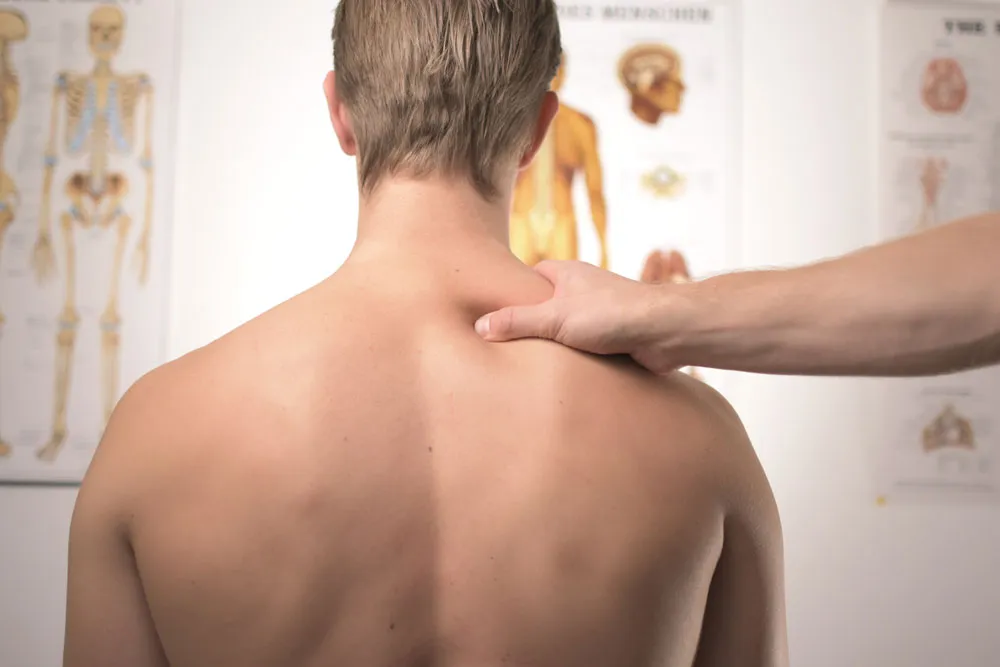How Often Should I Get A Massage?

“How often should I get a massage” is a question we are asked often here at Katie Bell Physiotherapy and Wellness. The short answer would be as often as you like really. The long answer depends on many factors to include the type of massage you are having, your pain and physical needs and indeed your stress and emotional needs.
A massage every week or every two weeks would be ideal but not realistic for every person. We also have to remember that regular massages are important to help prevent injury, pain and tension build up in the muscle fibres and for de-stressing/relaxing the mind and body.
Ideally we want to be investing in positive health rather than just investing in fighting illness. Ideally a weekly massage is just the ticket to keep everything flowing nicely and to optimise overall health and well-being.
Pain Management
Massage is regularly used alongside Physiotherapy to manage pain levels in the body.
If massage is to be used for pain relief after injury it is most likely to be used more frequently initially (once or twice per week) tapering to once a week/every other week throughout recovery.
For chronic health conditions, one a week is typically recommended depending on how your body responds. If pain returns in a few days, then it is probably time to visit your massage therapist again.
If you are pain free a week later, then you can start adding more time between sessions. For pain management one normally requires sessions more frequently at the beginning of treatment, then as your muscles respond/relax and start to heal, then the sessions can start to decrease in frequency.
Athletic/Sports Performance and Recovery
Sports massages are required more regularly while training for an event like a marathon or other athletic activity both pre and post-event. Weekly or bi-weekly massage can help you get in proper shape and help a speedy recovery after an event or competition.
Pre-event massage is used to warm up and stretch muscles aiding in injury prevention by stimulating blood flow, removing lactic acid build-up from the muscle fibres. Range of movement and flexibility are increased giving improved performance.
Post-event massage is done immediately after the event helping the muscles to recover more quickly. Post exercise soreness/stiffness will be greatly reduced by bringing blood flow back to the tight muscles.
It takes a good 48 hours for the system to rebalance after a deep massage, so at least a two day gap between massages is ideal.
The frequency of sports massage is dependent on ones training schedule, however regular massage can help to maintain range of movement, flexibility and health of muscles.
Stress Relief
The management of stress in this life that we are living is just as important to your health as diet and exercise. Indeed, stress can undo all of the hard work that you put in doing exercise and eating healthily.
Regular Swedish relaxation massage can help reduce tension, lower blood pressure and reduce cortisol levels in the body. The benefits of a relaxation massage are often felt immediately, for some as soon as they hit the massage couch they start to unwind. If you have tense muscles a little discomfort may be felt during the massage, but afterwards, your body will definitely thank you for it.
Poor Mental health can be greatly improved by relaxation massage allowing the client to feel calmer and less stressed.
Relaxation massage is lighter and less invasive than sports massage and can therefore be tolerated more often, so can be practised as often as the client requires.

